Photographing the harsh realities of the 1980s unemployment crisis

Mother and Baby, Highgate DHSS, North London, 1984
(Paul Graham/Mack)Over 1984 and 1985, photographer Paul Graham visited Social Security and Unemployment offices across Britain as part of a commission from The Photographers’ Gallery in London. The brief was: “Britain in 1984.”
It was hardly unfamiliar territory. Graham, like many young people in the early 1980s, had recently been unemployed himself. A recession in 1981 had shaken the economy and the sweeping deindustrialisation of the north had compounded the economic woe. By 1984 unemployment had reached almost 12 per cent, a level which hasn’t been matched since.
To see what was happening in 1984, benefit offices were the places to be. Graham, a self-taught photographer in his late 20s, even photographed two offices where he himself had signed on.
The bureaucratic machinery of DHSS offices, as they were then called, were designed to serve far fewer people. Recently reformed to become even more labyrinthine, they were quickly overstretched. “Rarely did I see acceptable conditions or efficient service,” wrote Graham in his original introduction to Beyond Caring, a collection of these dole office photographs, which he self-published in 1985 (the work would later be exhibited at TUC conferences and the Museum of Modern Art, New York).
He describes, “lemon-green walls, orange Formica benches and flickering fluorescent lights”, and queues which could last all day. He witnessed a mother tearfully beg for a death grant to bury her baby son, whose funeral was the same afternoon. After four hours of waiting, she was granted just £15 in trust.
Graham had been denied official permission to photograph the waiting rooms, so he worked with a level of discretion. He used a medium-format Plaubel camera, hardly small or quiet, but retained a level of vérité by photographing without looking through the lens.

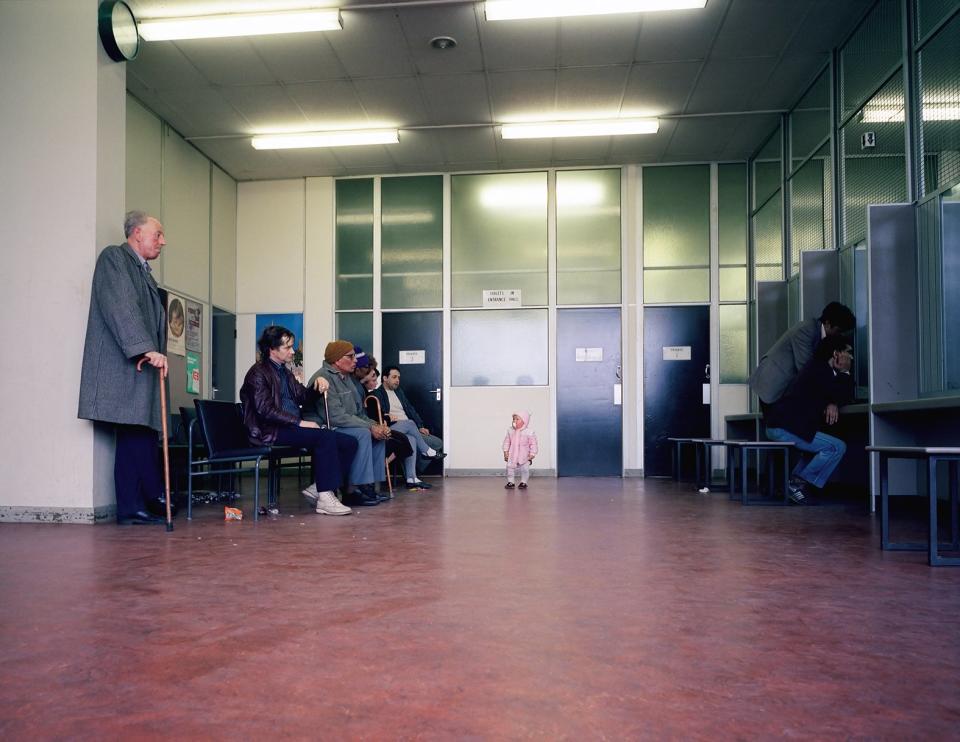
As a result, his subjects seem unconscious of being looked at, sunk in the tedium of waiting. The angles are often tilted, as if the camera was floating through a purgatory space of dreaming, dislocated figures. Through the grim, impersonal dilapidation and long queues, DHSS waiting rooms inadvertently became a manifestation of the static, hopeless emotional realities of unemployment.
Graham acknowledges he is unsure whether Beyond Caring could be made today. Although he didn’t get express consent from each of his subjects, he asserts that his big camera meant that most people in the images knew they were being photographed. “Photography like this, direct from life, is having a crisis of legitimacy right now,” he writes. “The fact that people portrayed in photographs might not have ‘agency’, be it in the unemployment office, or simply walking in the street, renders such imagery – unstaged, unposed, naturalistic – unacceptable to some.”

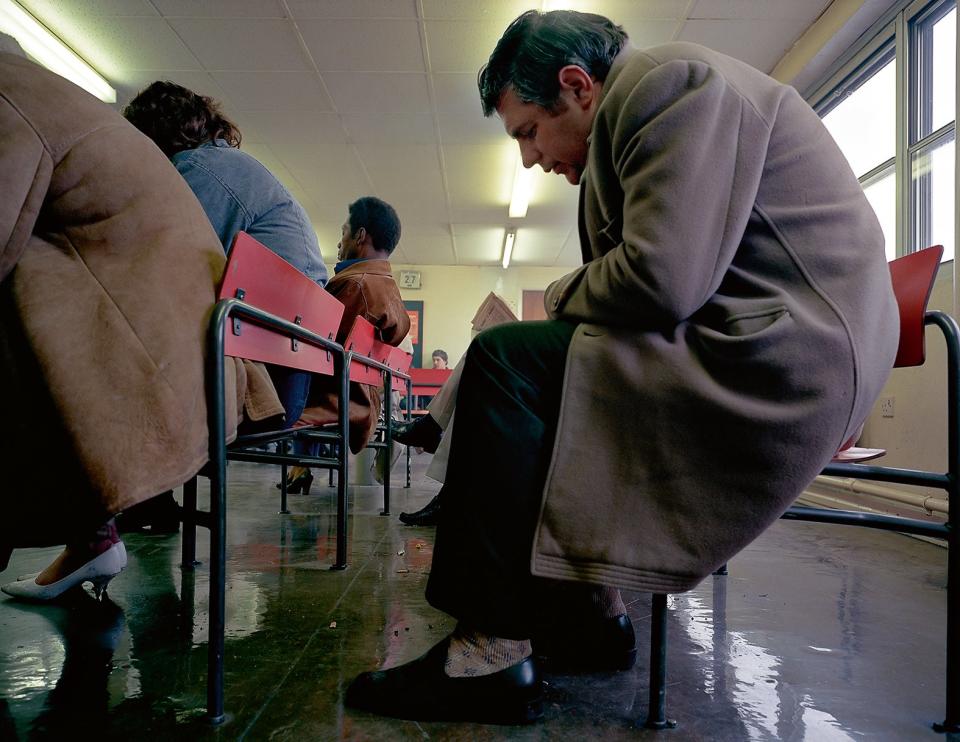
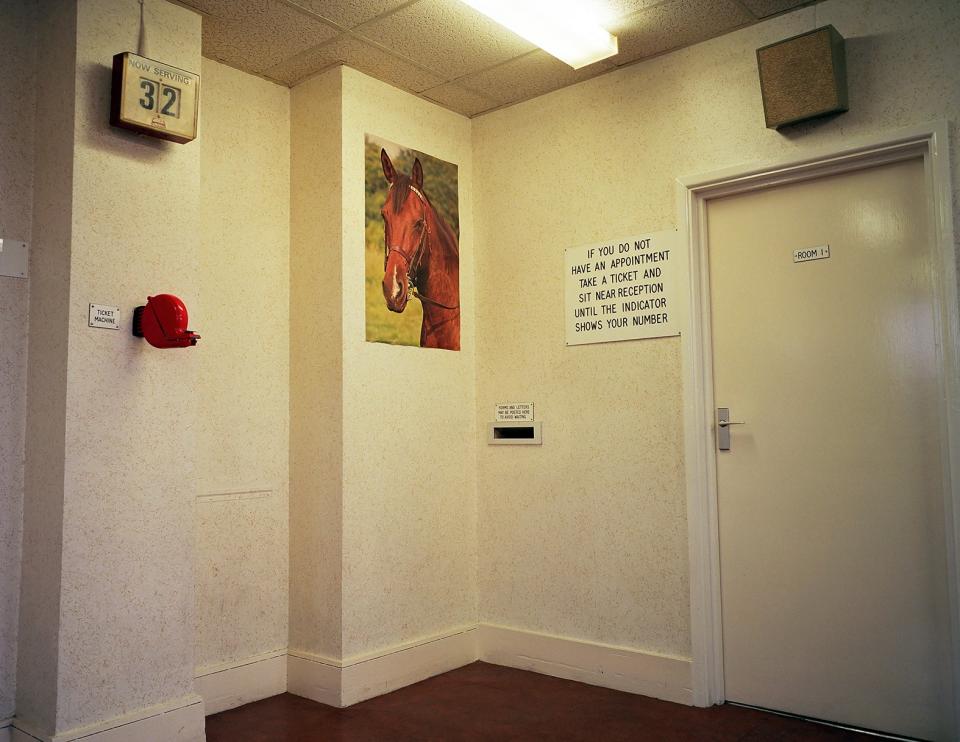
“To exclude such photography… would be a tragedy for both the artform and for our record of life… If we only permit the staged, the posed, the digitised, we are bound by our beliefs and limited by our pre-conceptions. We would force the world to conform to how we imagine it should be.”
Read more:
From the inside: How Tish Murtha’s images of people on the margins of society challenged inequality
From Little Chefs to muddy fields: Finding beauty in a 1980s motorway
View from the north: The wit and warmth of Salford’s post-war street photographer
Beyond Caring is now being reissued by Mack in the second of a three-part re-release of Graham’s most influential work popularising, controversially at the time, the new colour movement in British documentary photography. Beyond Caring is also an empathetic document of a sudden, lurching change in Britain, which left many without a sense of purpose or economic security.
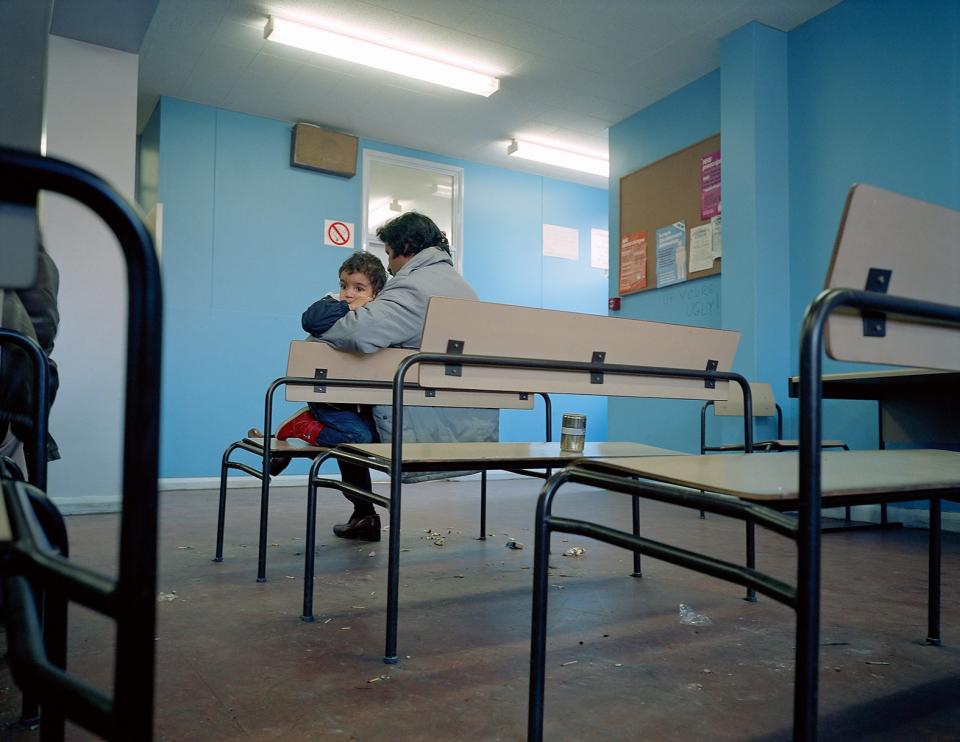
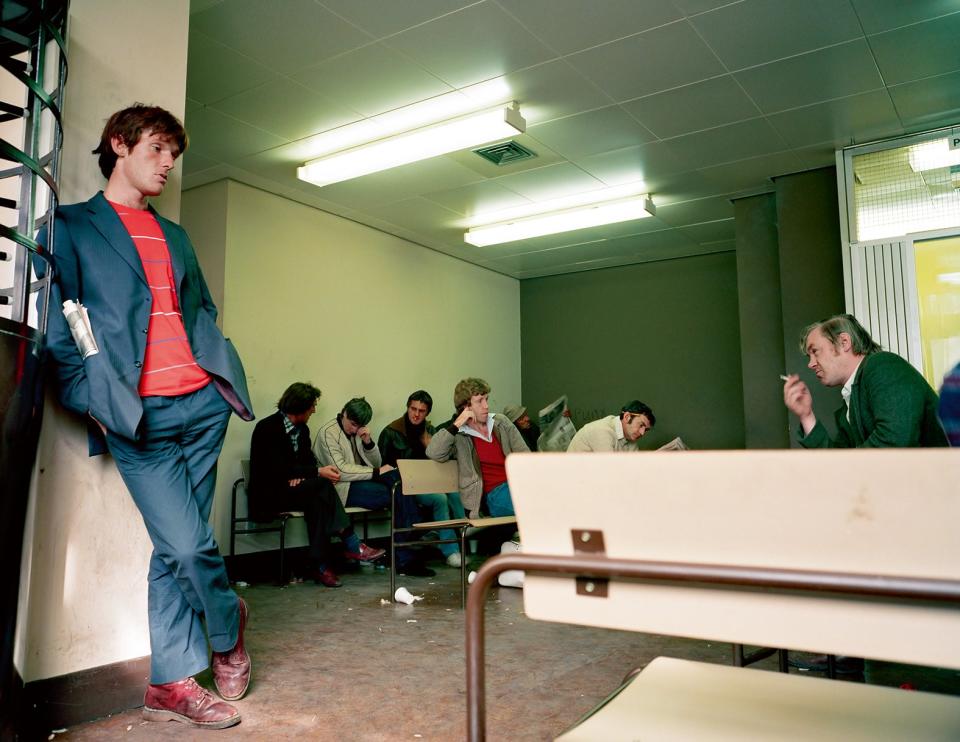
For Graham, looking back almost 40 years later, the people responsible for the drained, ghost-like existences in the book is clear. “In early 1980s Britain, workers became poker chips in a strategic game, as Margaret Thatcher enacted an agenda to reshape British society,” he writes in the updated version of the book. “The main weapon was the threat of mass unemployment. Never overtly stated, it was the bludgeon that hung over every negotiation, every worker, every regular life.”
The book’s re-release comes on the heels of the coronavirus pandemic and a new wave of joblessness, albeit at lower levels than the 1980s. About 2.7 million sought either Jobseeker’s Allowance or universal credit in March and untold numbers continue to fall through the gaps, unable even to claim support. Although, in some ways, completely of its time, the vision of Britain in Beyond Caring seems as relevant as ever.
Beyond Caring (2021) by Paul Graham is published by Mack
Read More
Paul Gosar describes Capitol insurrectionists as ‘peaceful patriots’
London on lockdown: A look at how coronavirus shut down the capital
Carlota Guerrero: the Spanish photographer reframing the female body


